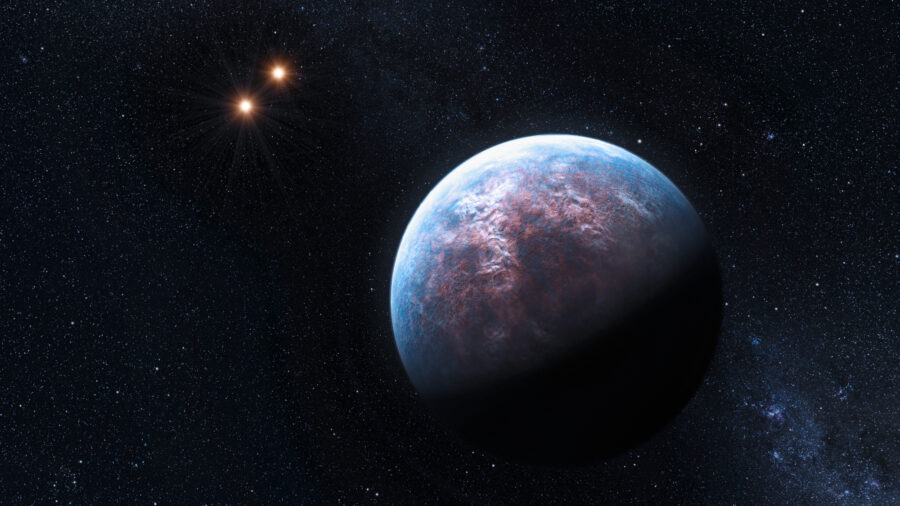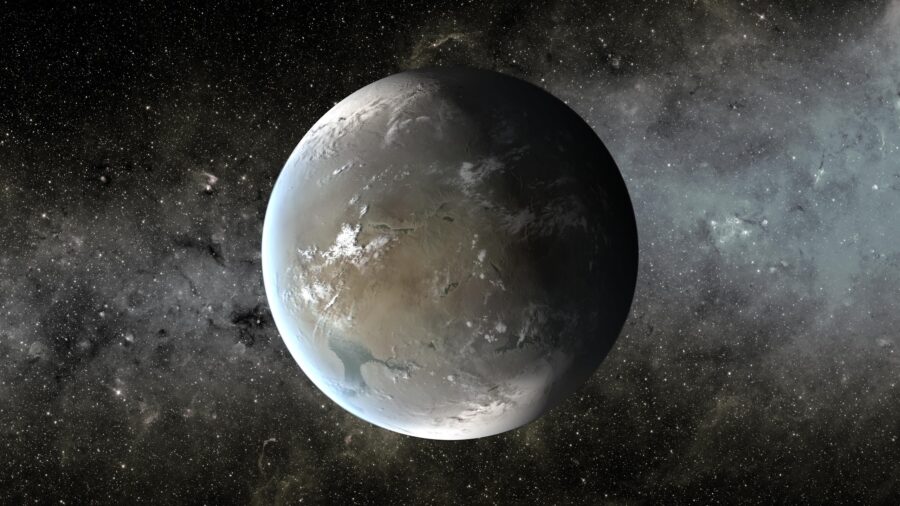Astronomers Discover Super Earth But There’s One Strange Thing About It
A Super Earth discovered by scientists has more mass than Earth but a shockingly low density for unexplained reasons.

You’ve heard of Superman, Super Mario, and even the Super Bowl, now, courtesy of an international team of astronomers, prepare to make contact with a Super Earth! An incredibly low-density exoplanet, dubbed the Super Earth has been reported in a recent scientific paper, according to a write-up in Phys.org. According to the site, the term Super Earth refers to any planet which is more massive than Earth but not quite as large as a Mini Neptune, proving that the American public will measure with literally anything but the metric system.
The planet, designated TOI-244 b has been discovered as part of a survey conducted by NASA, with thousands of additional exoplanets and other celestial objects of interest set to be identified in the near future. The survey which confirmed the existence of the low-density Super Earth seeks to study over 200,000 of the brightest stars in the known galaxy, confirming 331 at the time of this writing. Using a Chile-based spectrograph deliciously titled ESPRESSO mounted on the European Southern Observatory’s Very Large Telescope, a group of astronomers was able to locate the exoplanet in the vast unending vacuum of space, using the curvature of light signatures.

According to the specs delivered by lead astronomer Amadeo Castro-González, the Super Earth is nearly half the size and mass of the sun, clocking in at 1.52 times the size of Earth’s radius and touting a highly confounding mass of 2.68 times that of our little blue planet. Though the specs don’t seem to support any existence of alien life, this mass seems to suggest that the exoplanet is composed mostly of iron and silicates, with a number of highly volatile elements present to prevent the mass from expanding. Scientists have not yet determined a concrete answer for why the Earth-like planet’s density is so low, though further experiments are expected to continue in the near future.
Despite the existence of volatile elements on the Super Earth’s surface, or perhaps because of them, scientists suspect that hydrogen molecules have a significant presence on the exoplanet, leading some to believe that water could be retained on the surface. The quest for water on other celestial beings has been a constant forethought in the scientific community in recent years, with recent reports of comets carrying water through the asteroid belt proving that H2O can, in fact survive in specific environments in space.
The team of NASA astronomers concluded their paper by citing the Super Earth as an excellent target for atmospheric studies moving forward, arguing that the unusual properties of the exoplanet and the extended atmosphere it holds could serve as a wealth of hidden knowledge throughout the universe. With new exciting discoveries such as this Super Earth being made every day, science continues to inch us ever closer to the sci-fi future dreamed of by great minds like Carl Sagan and Stephen Hawking. Furthermore, the same survey which located TOI-244 b continues to scan the sky for other exoplanets of this kind, potentially bringing us closer to an understanding of the Super Earth with each passing day.












